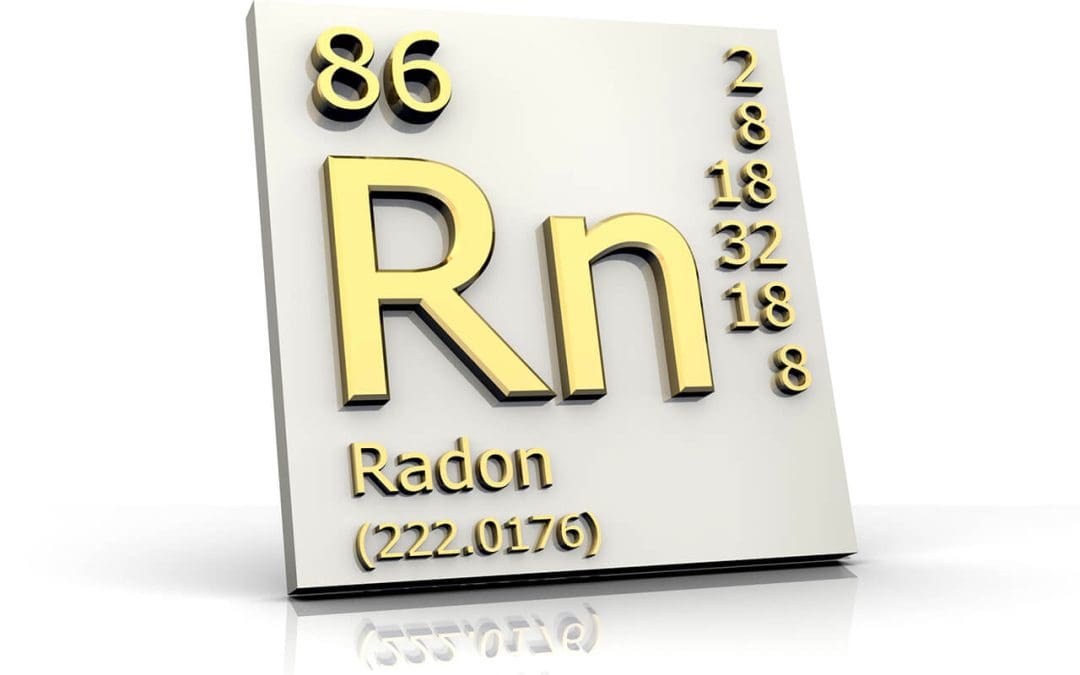Radon is an invisible threat that could be in your home, posing serious health risks to you and your family. This naturally occurring radioactive gas can seep into homes and accumulate to dangerous levels, but you can protect your household with proper knowledge and testing. Here’s everything you need to know about radon in your home.
What is Radon?
Radon is a colorless, odorless, and tasteless gas that forms from the natural decay of uranium found in soil, rock, and water. As radon gas rises through the ground, it can enter homes through cracks in the foundation, walls, and floors and through gaps around pipes and construction joints. Once inside, it can build up to levels that may be harmful over time.
Why is Radon in Your Home a Health Concern?
Radon exposure is the second leading cause of lung cancer, following smoking. The radioactive particles from radon can be inhaled and become trapped in your lungs, leading to damage and an increased risk of cancer. The risk is especially high for smokers or those with respiratory conditions. Since radon is invisible and odorless, it can go undetected without proper testing, making it crucial for homeowners to be proactive.
How Radon Enters Your Home
Radon gas can enter any home, regardless of age or construction style. Common entry points include cracks in concrete floors and walls, construction joints, and gaps around service pipes. Homes with basements or crawl spaces are particularly vulnerable, but radon can also affect homes built on slabs. The amount of radon that enters a home depends on several factors, including the home’s location, the local geology, and the house’s ventilation.
Testing for Radon in Your Home
Testing is the only way to determine if your home has elevated radon levels. There are two main types of radon tests: short-term and long-term. Short-term tests are typically used for initial screening and last between 2 to 90 days, while long-term tests monitor radon levels for more than 90 days, providing a more accurate picture of the average radon exposure. Homeowners can purchase do-it-yourself radon test kits or hire a professional radon inspector to conduct the testing. Professional testing is known to yield more accurate results.
Reducing Radon Levels
If your home tests high for radon, don’t panic. There are several effective methods to reduce radon levels. The most common mitigation technique is a sub-slab depressurization system, which involves installing a vent pipe system and fan to draw radon from beneath the house and vent it outside. Sealing cracks and other openings in the foundation can also help reduce radon levels, though it is usually not enough on its own. Professional radon mitigation services can assess the situation and recommend the best course of action for your home.
The Importance of Regular Radon Testing
Even if your home initially tests low for radon, it’s important to continue monitoring over time. Changes in your home’s structure, new construction nearby, or even shifts in the soil can cause radon levels to fluctuate. Regular testing ensures that any changes are detected early, allowing you to take action before radon levels become a health risk.
Radon is a serious but manageable threat. You can protect your family’s health by understanding what radon is, how it enters your home, and how to test for and mitigate it. Regular testing and prompt action ensure that your home remains a haven from this invisible hazard.
FAQs
Are new homes built with radon-resistant features?
Yes, many new homes incorporate radon-resistant construction techniques to prevent radon from entering the living spaces. These features may include gas-permeable layers beneath the foundation, plastic sheeting, sealed joints, vent pipes, and valves. Implementing these measures during construction can significantly reduce the likelihood of radon accumulation.
Can radon levels change with the seasons?
Yes, radon levels can fluctuate with seasonal changes. Typically, radon concentrations are higher in the winter months when homes are sealed tightly to conserve heat. Increased ventilation and open windows can help lower radon levels in the summer. However, other factors, such as weather patterns and changes in the soil, can also affect radon levels throughout the year.
How are radon levels measured?
Radon levels are measured in picocuries per liter (pCi/L) of air. Measurement can be done using short-term tests, which last from 2 to 90 days, or long-term tests, which span over 90 days. Professional testers use specialized equipment to provide accurate measurements, while do-it-yourself kits typically involve passive devices that homeowners place in their homes during the testing period.
Does radon only affect basements and crawl spaces?
While basements and crawl spaces are more susceptible to higher radon levels due to their proximity to the ground, radon can accumulate in any part of the home. Upper floors and living areas can also have elevated radon levels, especially if the home has poor ventilation. Comprehensive testing throughout the entire house is recommended to ensure all areas are safe.
CheckPoint Property Inspections provides radon testing and inspection services to customers in Burlington, Vermont, and surrounding areas. Contact us to schedule an appointment.

